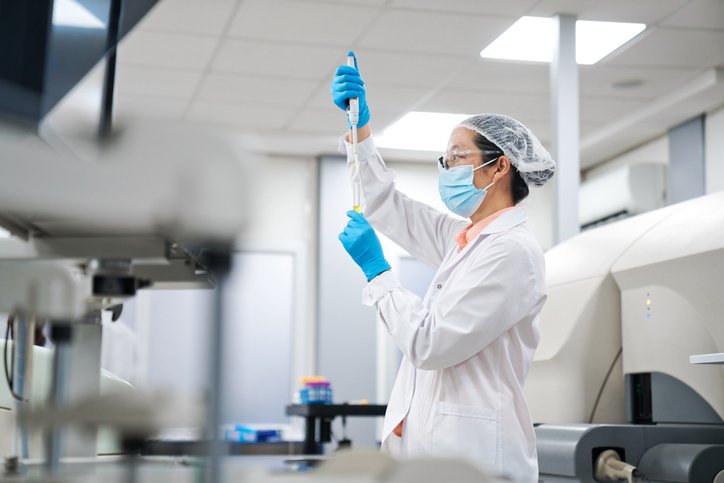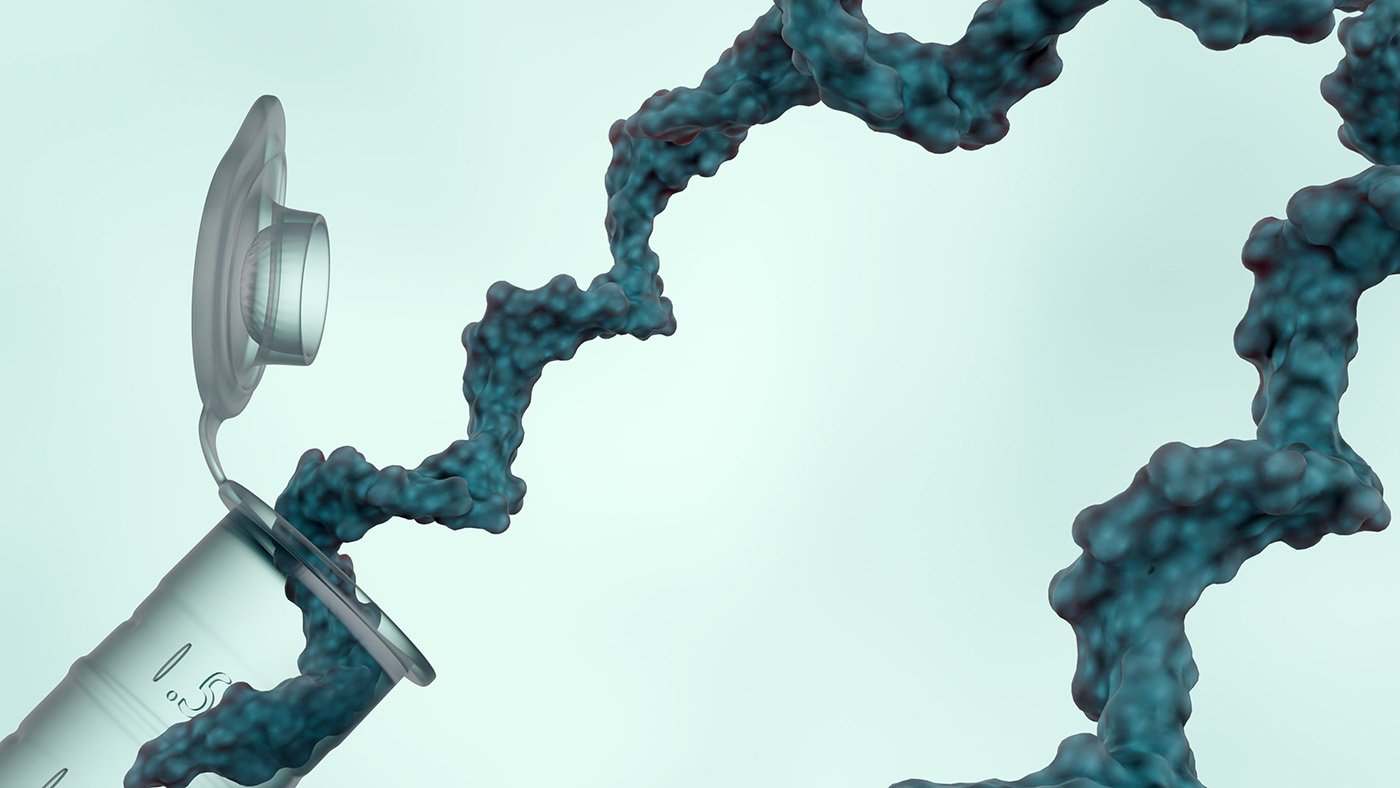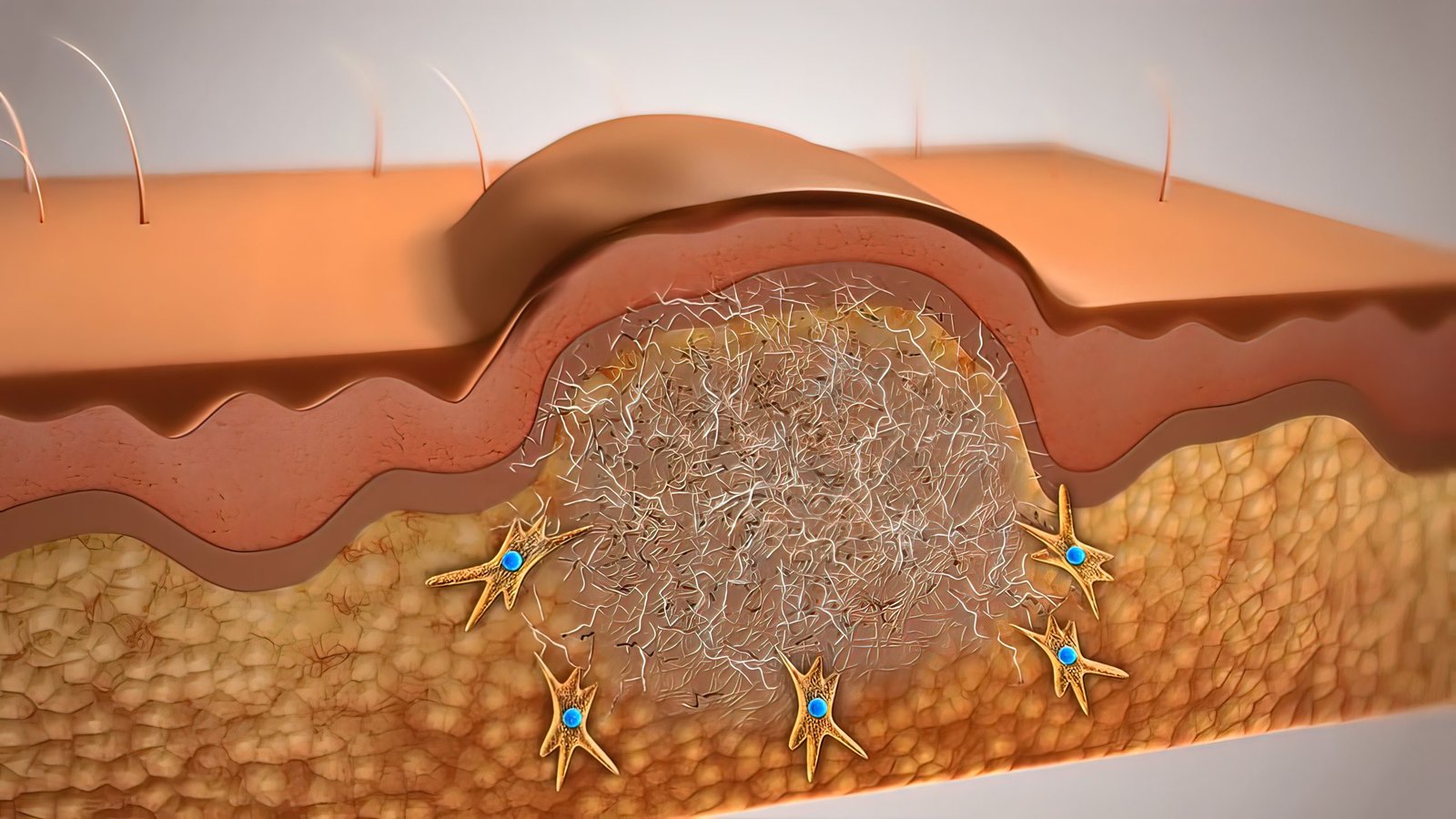Continuous biomanufacturing is mature enough to use commercially for a range of products, manufacturing scales, and global geographies. That’s the conclusion of Sarfaraz Niazi, PhD, adjunct professor of pharmaceutical sciences, University of Illinois, Chicago, in a recent paper.
Niazi’s determination is based on a substantial review of technologies, regulatory guidances, and economic outcomes related to the continuous production of recombinant proteins and biosimilars.
His analysis shows “a reduced equipment footprint of up to 70%, a three- to five-fold increase in volumetric productivity, enhanced product quality consistency, and facility cost reductions of 30-50% compared to traditional batch processes.” Additional cost savings emanate from the use of single-use systems, which cut facility qualification costs by 30-40% by eliminating clean-in-place and steam-in-place requirements, and from periodic counter-current chromatography, which uses 90-95% of a column resin capacity and reduces buffer consumption by 50%.
Further benefits accrue from real-time process monitoring and control, which improves batch-to-batch consistency, supports flexibility, shortens lead times, and increases throughput.
For example, when Amgen published results from its hybrid continuous manufacturing process in 2024, it reported a 45-fold improvement in process productivity by using continuous processing upstream and single-batch processing downstream.
The key option
“For newcomers, continuous manufacturing should be the only option,” Niazi tells GEN.
Capital investment for continuous manufacturing facilities is about half of what is needed for traditional batch facilities, and productivity gains range from about two- to five-fold. Payback periods are estimated at three to five years in the United States, four to six years in Europe, three to four years in the Asia-Pacific region, and four to seven years in Latin America. Typically, green-field builds saw payback one to two years sooner than retrofits. Operational costs, divided into six major categories, each showed savings of 15% or more.
Regulators support continuing manufacturing. The United States, the EU, and Canada adopted ICH Q13 in 2023, which outlines a unified framework for continuous manufacturing. Since then, Japan, China, and Brazil have each developed harmonized guidances; the Pan American Network for Drug Regulatory Harmonization is developing a harmonized approach for Latin America; and pilot programs are underway in Singapore and Australia. The success rates for products produced through continuous manufacturing range from 85% in the United States and 80% in the EU, to 70% in China and 65% in Brazil.
Many large biopharma companies, however, “have no interest” in changing. “They have invested billions in large bioreactors. If the process changes, it will be a regulatory exercise and cost that may not be worthwhile for established products,” Niazi, who advises several major companies, explains.
Nonetheless, Niazi’s review suggests the challenges of implementing continuous manufacturing can be minimized with cross-functional technology integration teams; digital integration to improve traceability; regulatory alignment to deal with methodology differences; and supply chain partnerships to improve delivery coordination. Leadership commitment and proactive strategies are vital.
The post Continuous Biomanufacturing Is Ready for a Broader Range of Commercial Use appeared first on GEN – Genetic Engineering and Biotechnology News.




